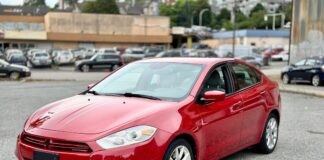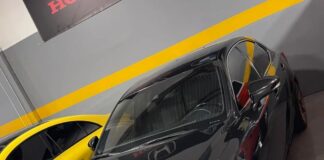As Tim Buschur puts it, the Manufacturing Project Innovation Center was made for this.
Of course, none of the dozen or so team members who work in the center’s TILT Lab in Georgetown, Kentucky, could have anticipated that the “this” would be engaging in the fight against the COVID-19 pandemic. And that their efforts — producing plastic face shields — could help healthcare workers who are treating those who’ve contracted the virus.
 INCREASED PRODUCTION
INCREASED PRODUCTIONMatthew Mudge prepares to ship headbands produced via an injection plastic mold.
But that’s where we are.
“We specialize in problem solving and rapid prototyping,” says Buschur, senior engineering manager. “We work on things like advanced robotics and experimental equipment. We partner closely with R&D and Toyota AI Ventures on new technologies. Obviously, there’s a different need now.”
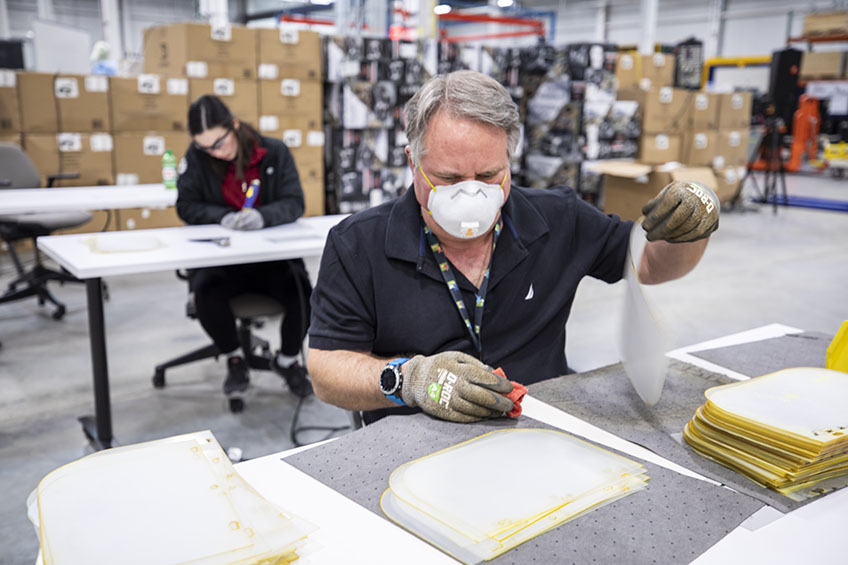
PREPPING SHIELDS
Thomas King is among the team members tasked with cleaning the clear plastic shields turned out by the TILT Lab’s laser cutter.
Indeed. Personal protective equipment (PPE) of all kinds is in desperately short supply. It’s a problem of global proportions that no one entity can solve. But Buschur and his colleagues felt compelled to do what they could to help.
Step 1: Fire Up the 3D Printers
Initially, that meant using their 3D printers to produce the headbands for the shields, following instructions circulated by Stratasys — one of the leading suppliers of 3D printers.
In addition, the TILT Lab pressed its laser cutter equipment into service to turn large sheets of clear plastic into multiple individual shields that could be easily attached to the headbands.

MOLD MAKER
Allen Sloughfy crafts a new injection plastic mold that will crank out eight visor headbands at a time, dramatically increasing the team’s production capacity.
So, the TILT Lab mobilized quickly and, within a few days, was able to produce and ship 200 shield kits per day (the end-users will need to take on the final assembly).
But they knew that wasn’t enough. Not even close.
Step 2: Shift to Injection Molding
So while the 3D printer process continued, the team moved forward with the creation of an injection plastic mold that promised to crank out the headbands at a much faster rate. In normal times, Buschur says the Production Engineering (PE) team can create this type of mold for a production part in 8–10 weeks. This one was completed in less than five days.

SEALING THE DEAL
Trevin Wellman tapes a box containing the pieces to make 100 plastic face shields, including a “Stronger Together” decal.
In hopes of further boosting output, the TILT Lab shared its mold’s design — which could produce two headbands at a time — with their R&D counterparts in Ann Arbor, Michigan.
They, in turn, reconfigured it to generate a “four-cavity mold” that can produce four headbands on each pass. Then Plastics PE came up with a third mold that could double the output again to eight headbands at a time.
The impact of this accelerated development has been nothing short of breathtaking. Combined, the TILT Lab and R&D were able to crank out as many as 10,000 face mask kits each day.
Step 3: Box and Ship the Kits
In addition to making the parts, the TILT team has created assembly lines to pack 100 kits per box, apply labels and ship them to those most in need — based on requests being sorted by TMNA’s Social Innovation team in partnership with Corporate Communications. A parallel packing line following the same standardized work and quality inspections also came together in R&D.
Buschur says receiving orders from all over the country, printing the specific labels and the required paperwork for each hospital, and logging the details of each shipment quickly became the team’s “bottleneck.”
To resolve this, the team created a web application to automate and visualize the entire system (order – approve – make – pack – ship – track) in just three days. Typically, an application like this would take 6–8 weeks to develop.

IT TAKES A TEAM
Team members at the TILT Lab pause for a group photo, while still practicing proper social distancing.
“This is pretty much all we’re doing right now full time,” says Buschur.
Meanwhile, similar efforts are springing up spontaneously across the larger Toyota family. All will be needed, large and small.
Buschur and his team are just grateful they’re in a position to do their part.
“The genesis behind the creation of this lab was to speed up innovation and try to change the culture of the company from within. Typically processes like this move much more methodically,” he says. “It’s awesome to experience the momentum build so quickly from the inside. It shows what we can do when we all work together.”



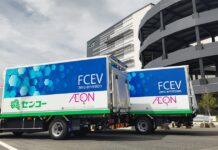
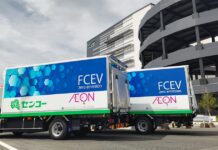
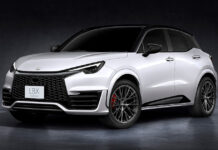
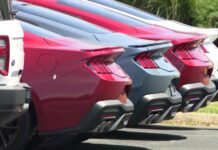
![[Presentation] Livestream of TMC’s Press Conference](https://www.miamicars.com/wp-content/uploads/2023/02/tmb_corporate-218x150.png)




